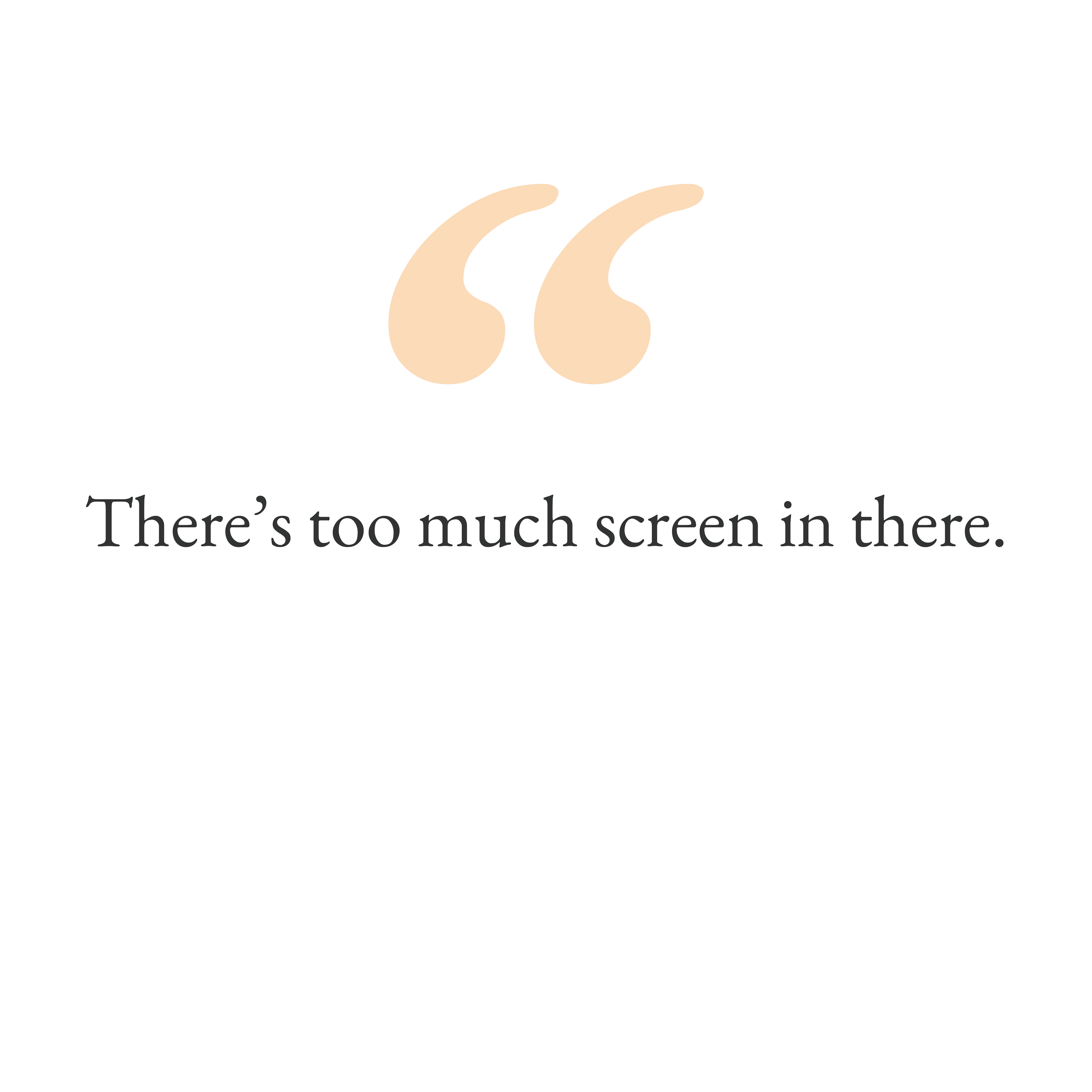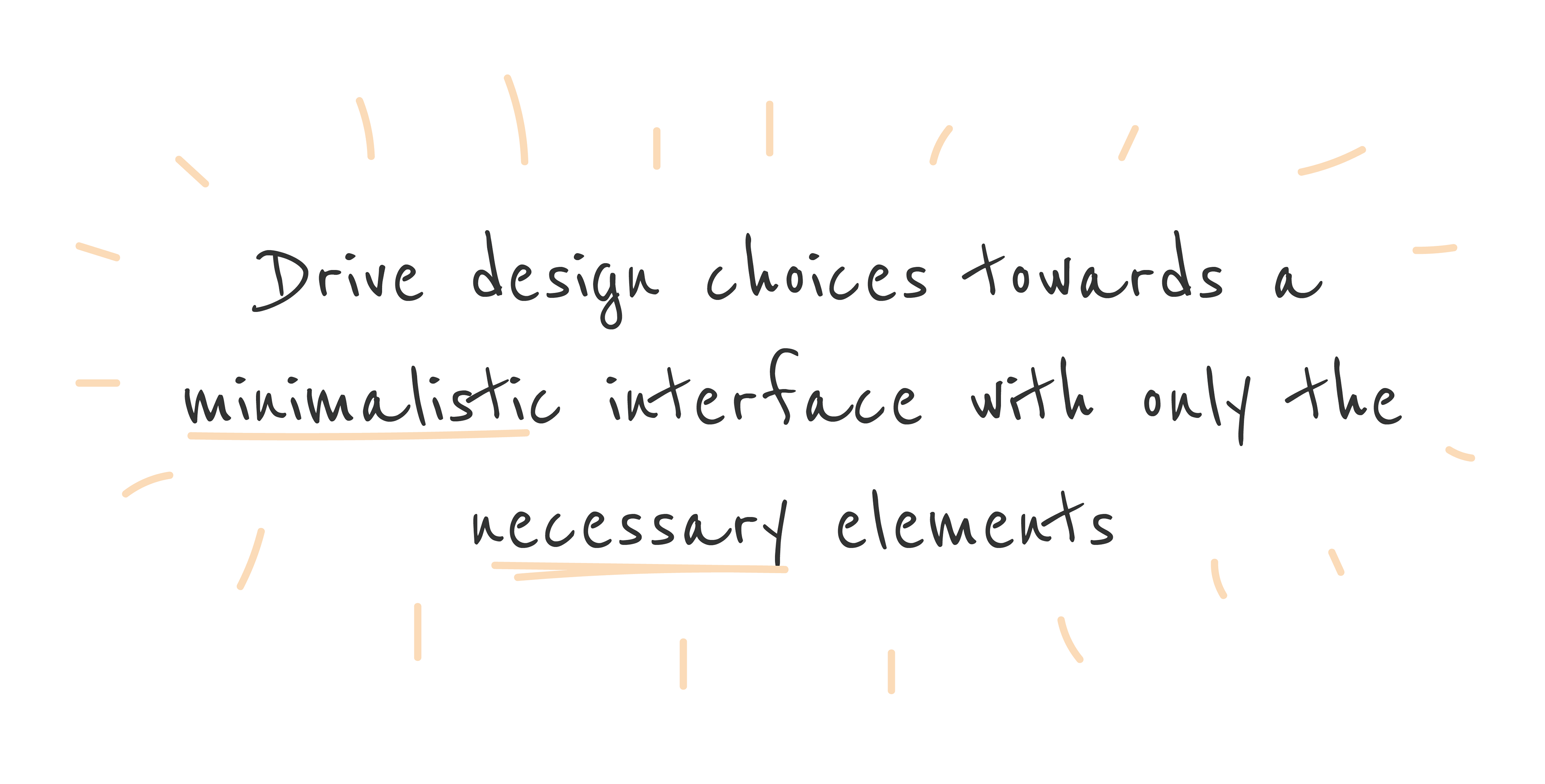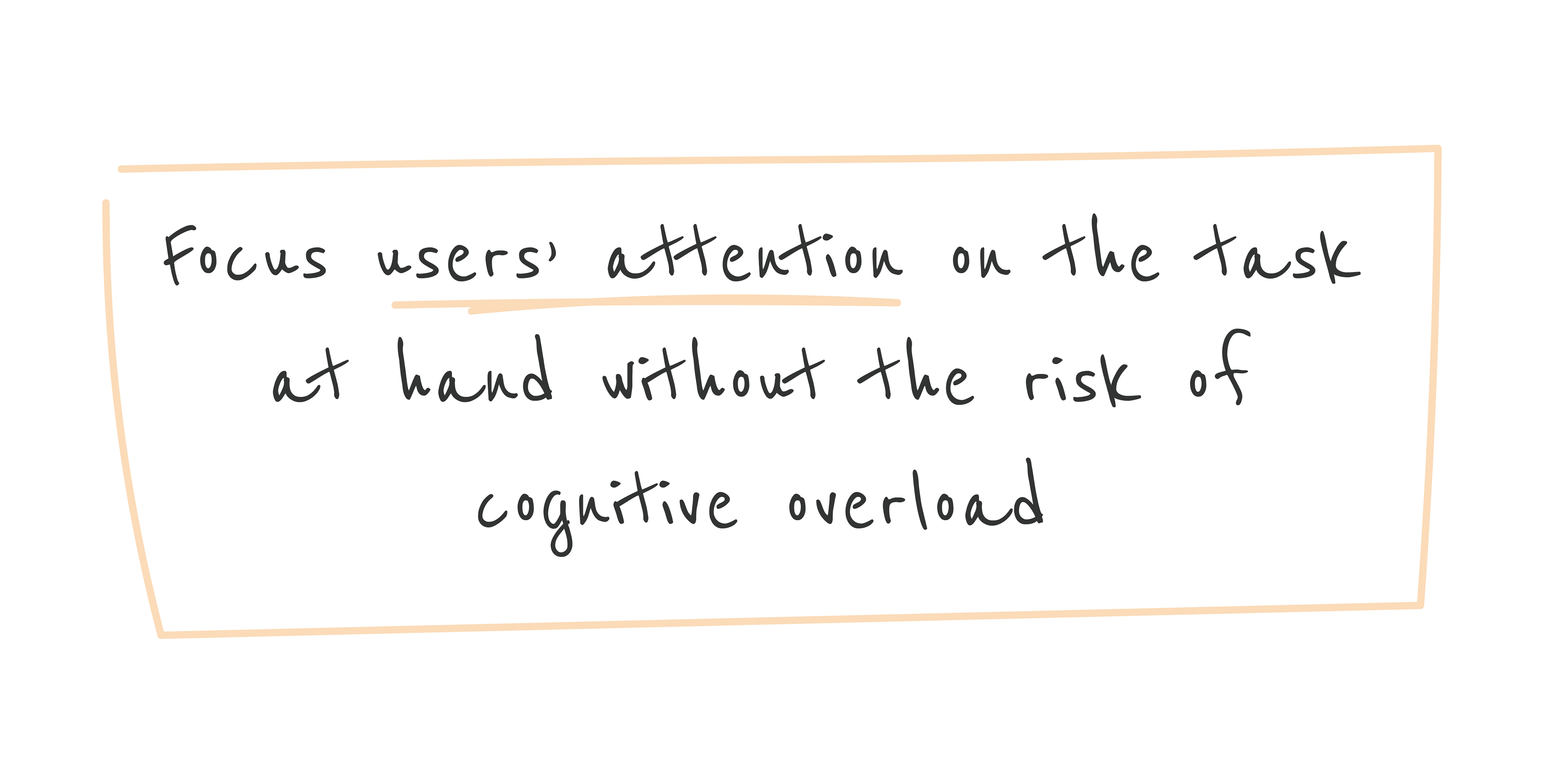Overview
The Aurelia website was created as my final project in the UX course conducted by the UX Design Institute.
We were tasked with identifying a problem, no matter how small, and creating a digital product to solve it.
We were tasked with identifying a problem, no matter how small, and creating a digital product to solve it.
This project focuses on designing a hotel booking website that simplifies the booking flow, minimizes user friction, and enhances the overall booking experience. While originally scoped as a straightforward hotel booking site, the idea evolved into an interactive platform where users could not only book but also save their favourite stays, create curated lists, and share with friends. Due to the project’s timeframe, this vision remains a future goal.
Problem Discovery
Throughout the research process, several critical user issues emerged that shaped the project’s direction. For example, users often found booking sites cluttered, with too many steps or distractions, leading to frustration and, often, abandonment of the process. The insights from this discovery highlighted the need for a streamlined, intuitive booking journey, prioritising clarity and reducing unnecessary complexity.
Below, you can see my process and what I use to find hotel stays or Airbnbs. It's quite messy, right?
Pain Points & Their Impact
Key pain points included confusing navigation, an overwhelming number of options, and a lack of personalisation in standard hotel booking sites.
These findings guided the design decisions and placed a high priority on simplifying user interactions by focusing on a clean and structured layout. I prioritised the booking flow to ensure that users could effortlessly navigate through steps without unnecessary distractions, focusing only on essential actions.
These findings guided the design decisions and placed a high priority on simplifying user interactions by focusing on a clean and structured layout. I prioritised the booking flow to ensure that users could effortlessly navigate through steps without unnecessary distractions, focusing only on essential actions.



Research Strategy & Findings
Given that this was a student project, the sample size for user surveys was limited. However, the insights were valuable, indicating that in a professional context, a larger, more diverse sample size would enrich the findings. For instance, survey responses highlighted a strong preference for streamlined, visually clear steps, validating my focus on minimalism and user-centric flow.
Goals



Design Strategy
As the designer, my main strategy was to build the website section by section, reflecting the logical flow a user would take. Starting with a straightforward booking process, I developed each part incrementally to test and refine its effectiveness. This approach provided a structured foundation to expand on the project’s original idea in future iterations, where users could favourite stays, create lists, and share with friends.
Prototype:
Future Vision
The project’s next steps involve expanding beyond the booking flow. Future features like favouriting stays and curating lists will transform the site from a mere booking tool to an immersive platform for travel planning. This phased approach ensures each feature has a solid foundation before layering in new functionalities.



Reflection & Growth
Looking back, this project has shaped my approach as a UX designer. I’ve gained a deeper understanding of prioritising user needs, tackling pain points with empathy, and structuring projects for future scalability. In future projects, I would approach with even more in-depth user testing and real-world constraints in mind, preparing to adapt based on evolving user insights.
Conclusion
This case study represents a journey through the foundational stages of building a website, focusing initially on the booking experience. The next steps will involve expanding features and revisiting areas for refinement. This experience has not only broadened my skills but also strengthened my ability to balance user needs with long-term project goals.